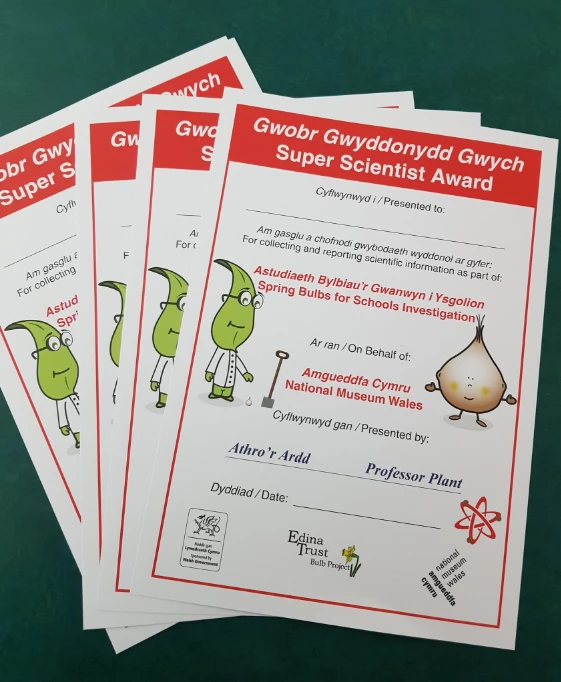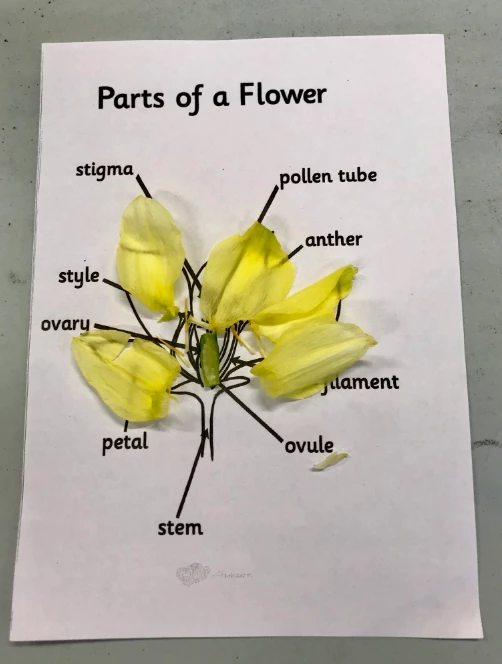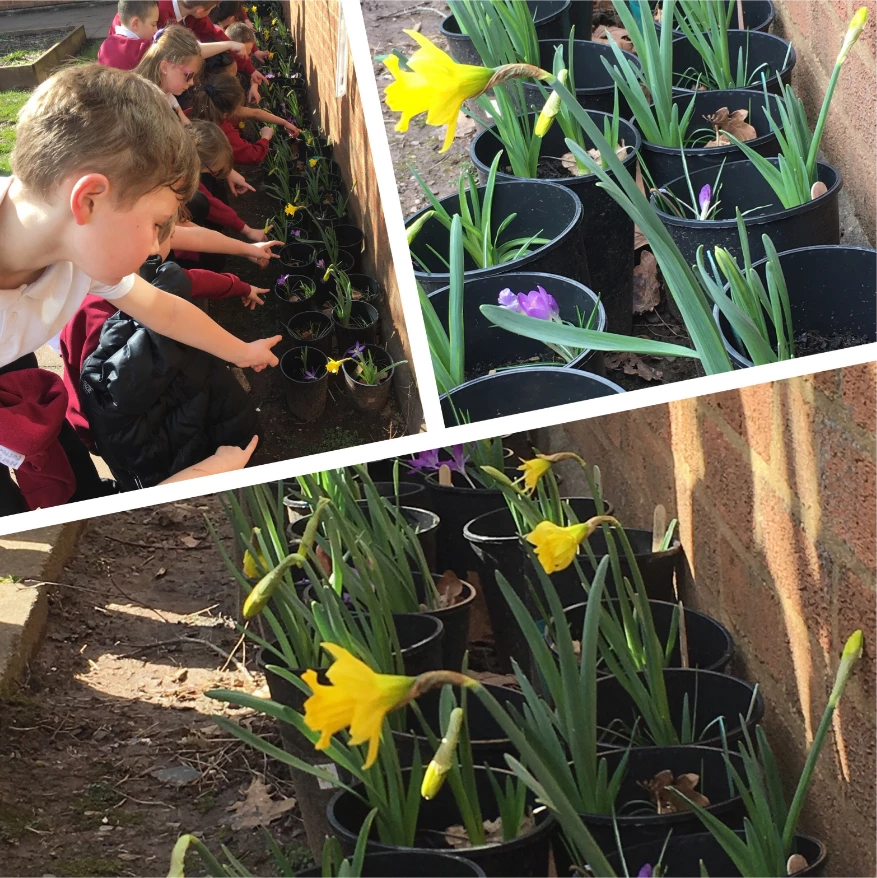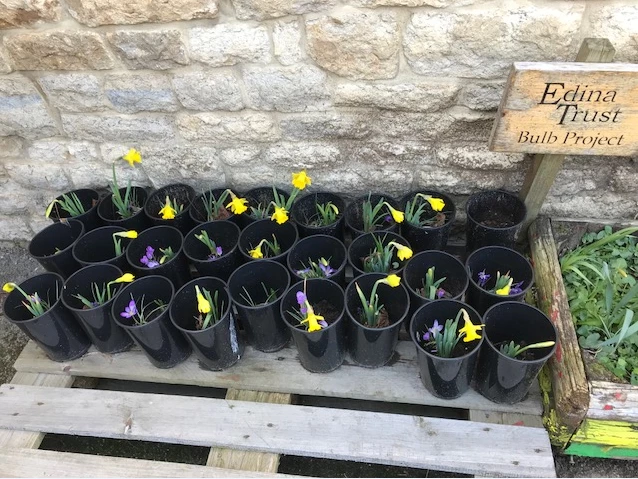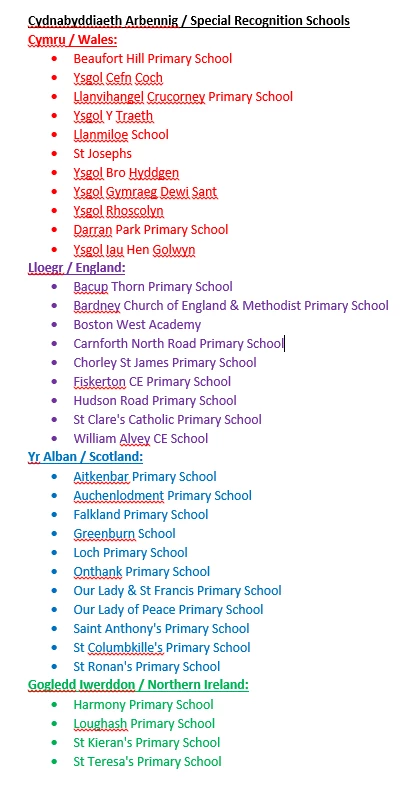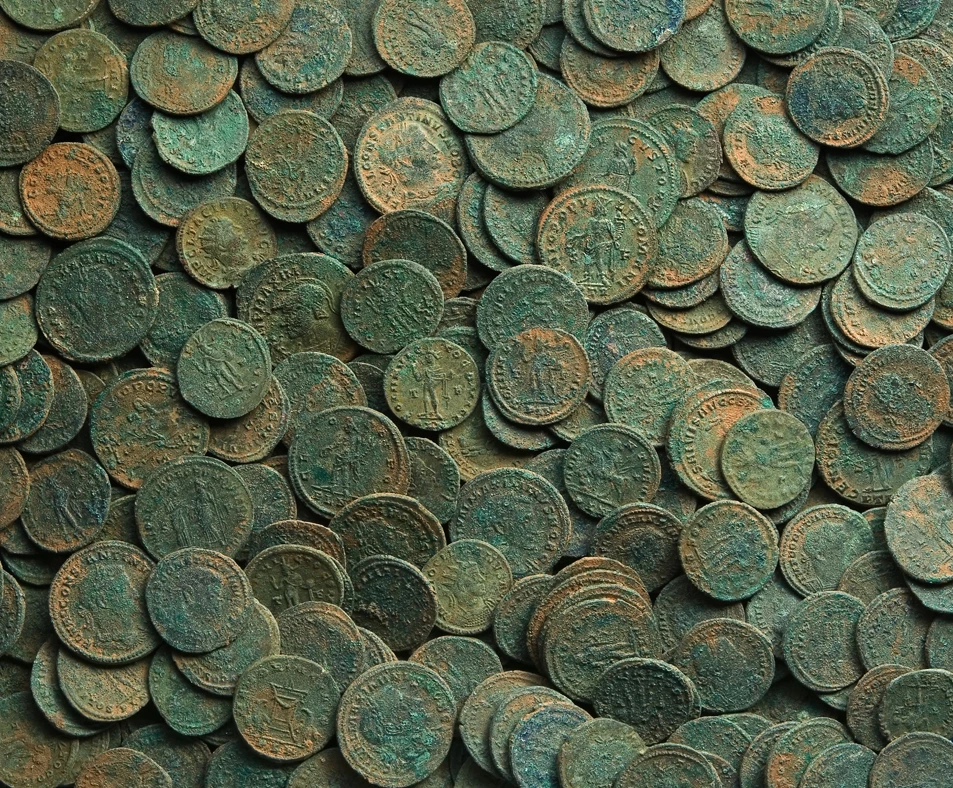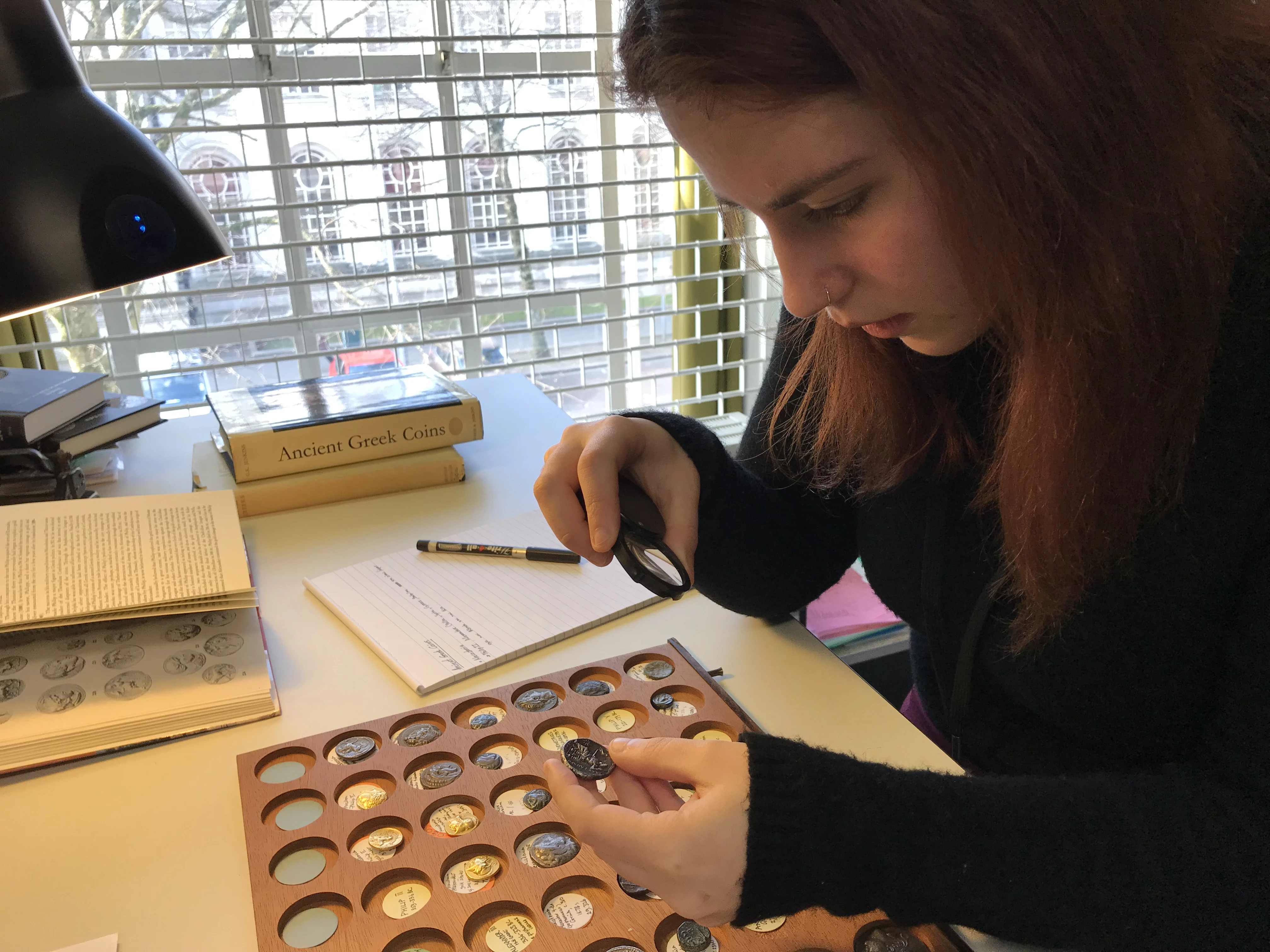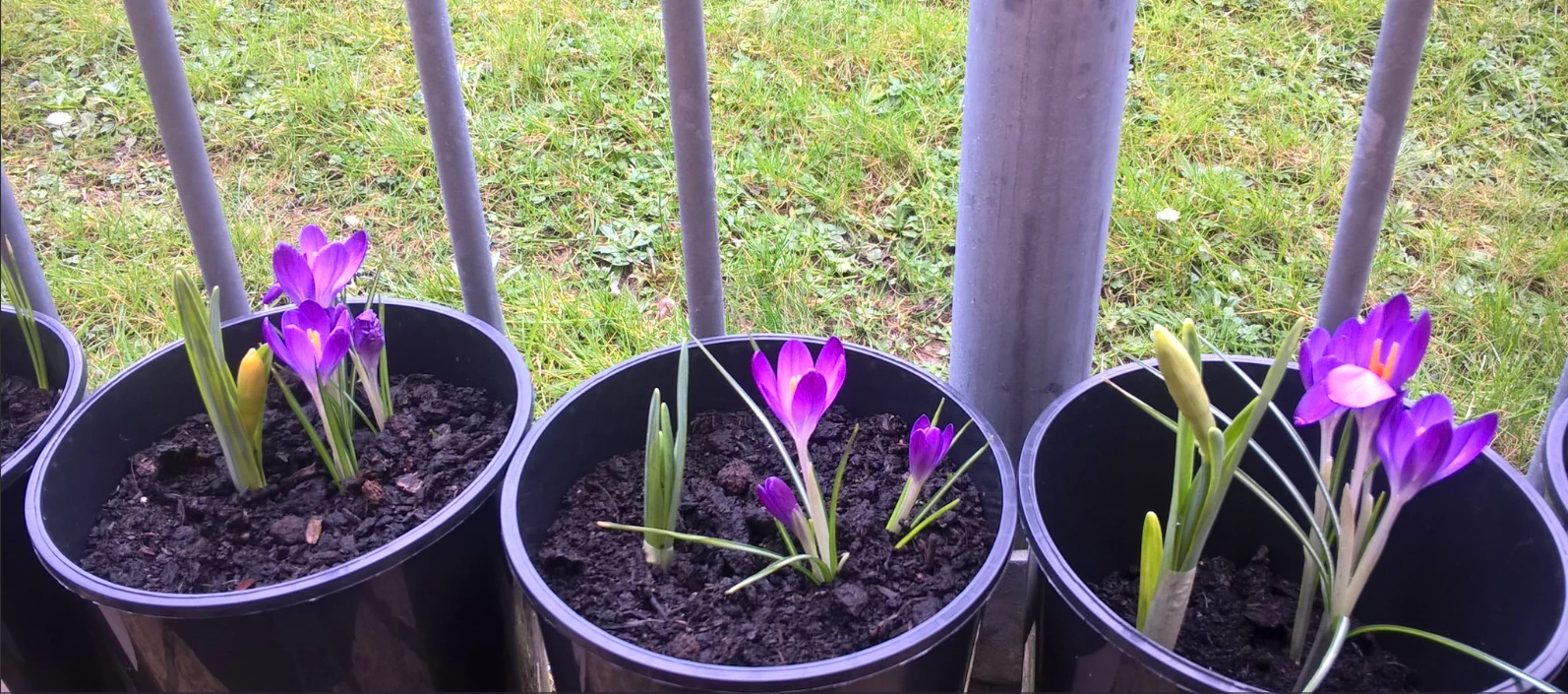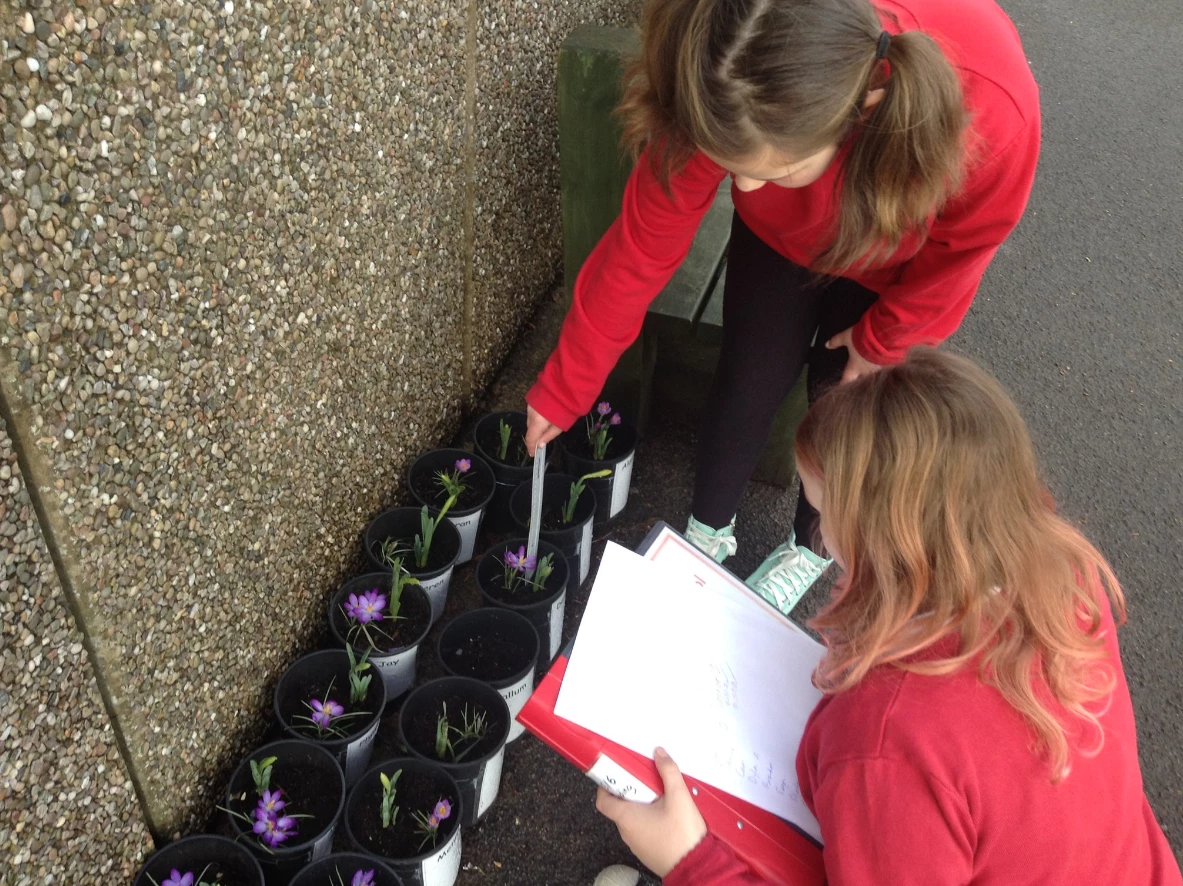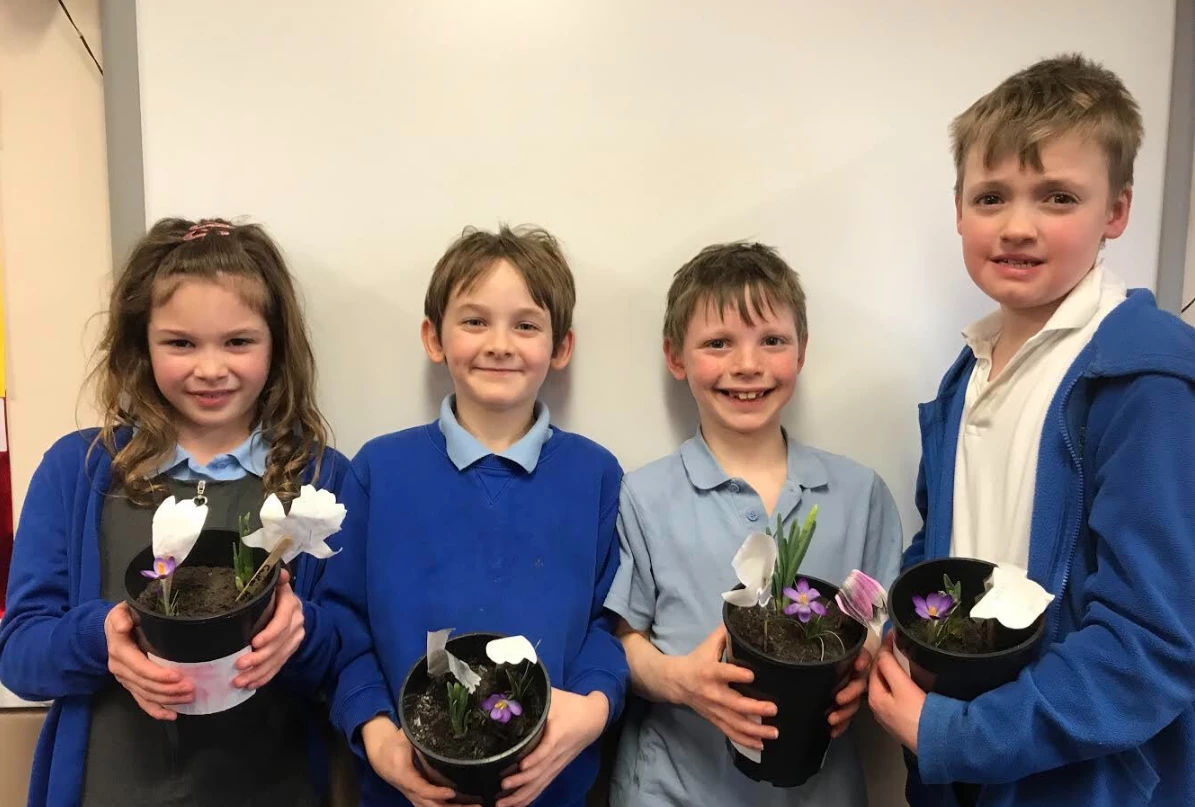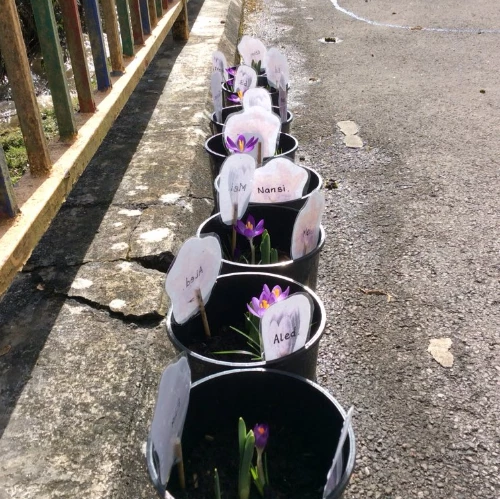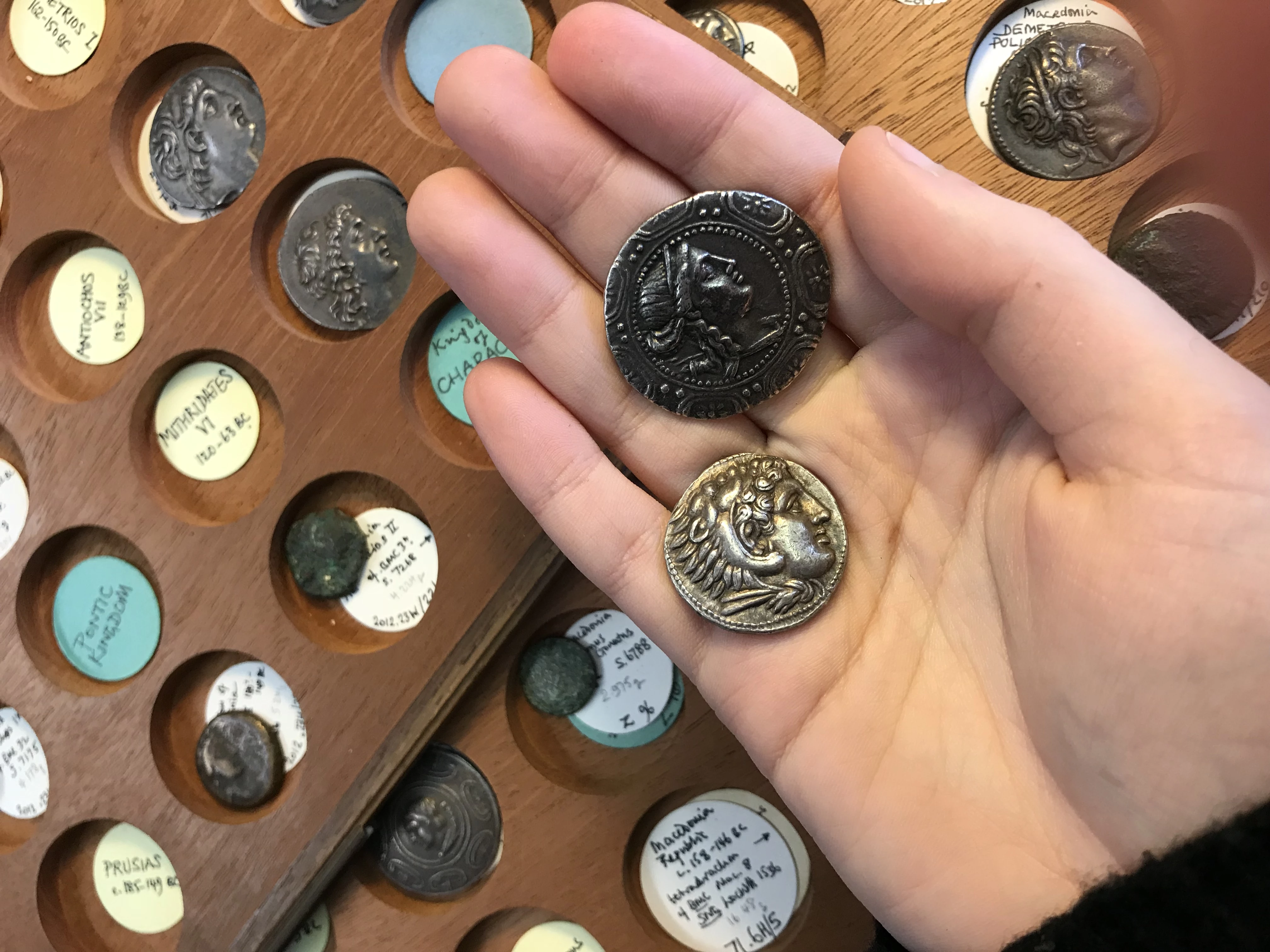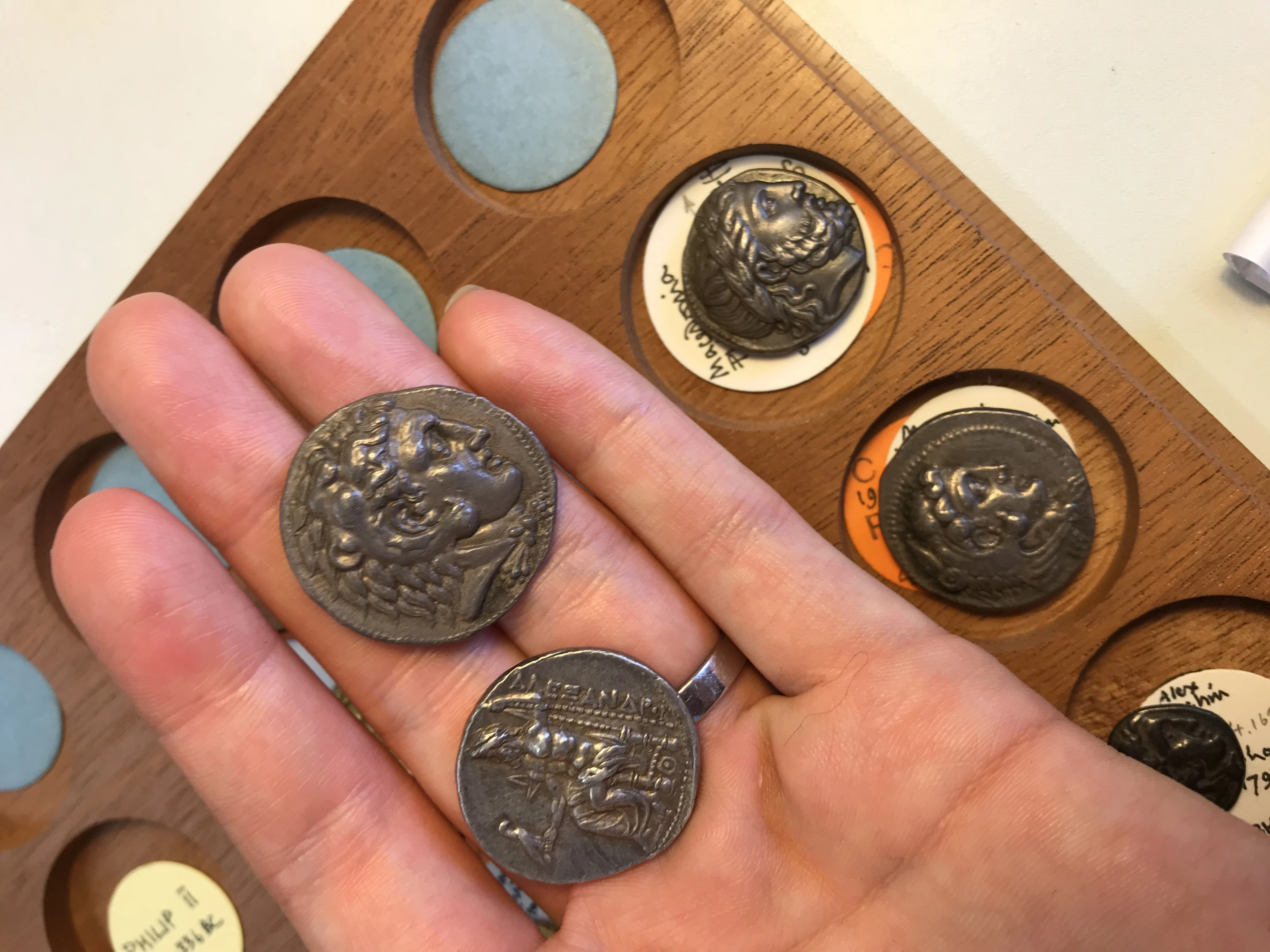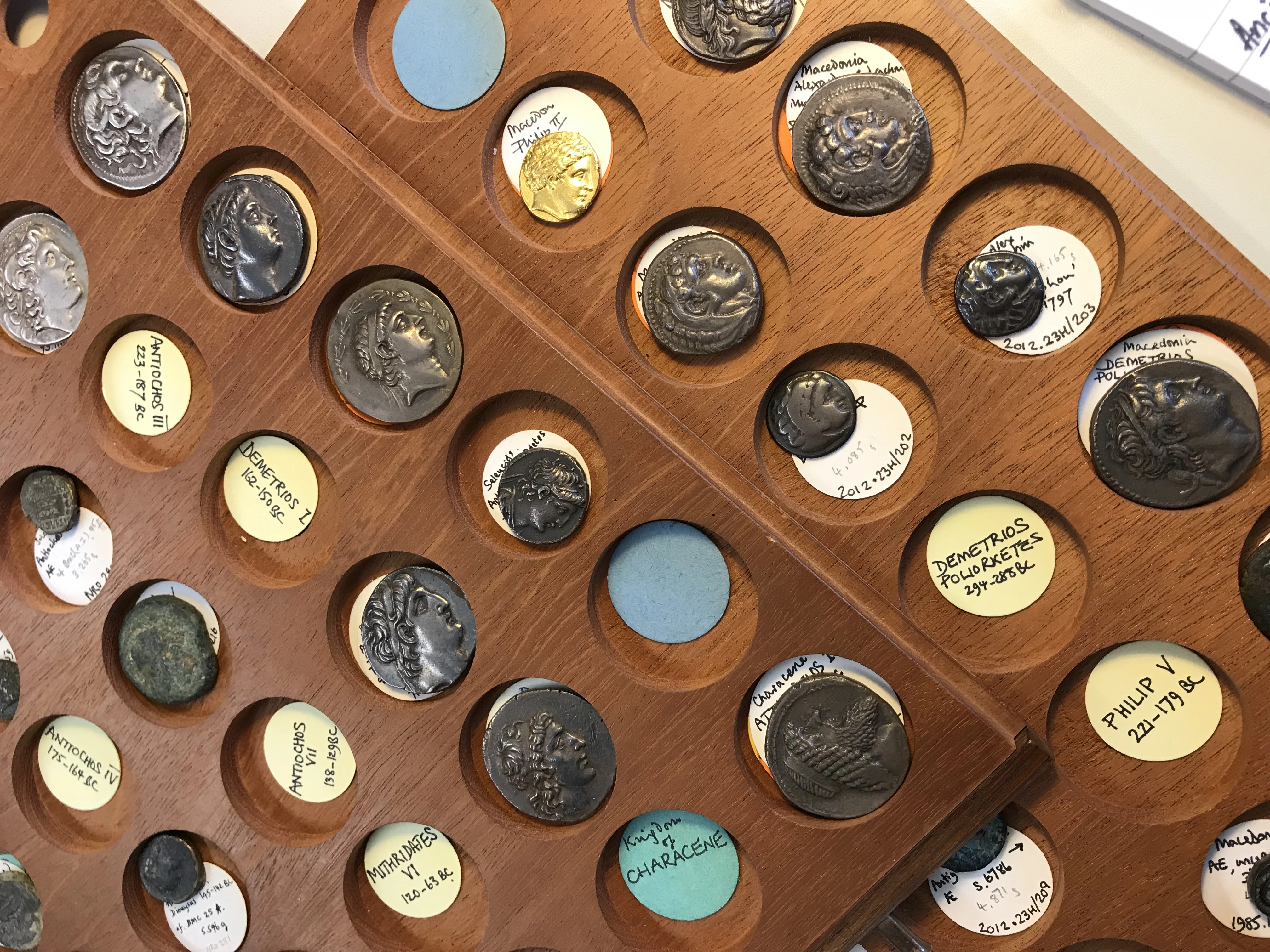The ‘Fossilization Frenzy!’ board game – downloadable fossil fun for all the family
, 4 May 2018
As palaeontology curators, we have the privilege of working with the Museum’s vast fossil collections. From trilobites to tree ferns, ammonites to mammoths, corals to dinosaurs, they are individually fascinating and beautiful. Collectively, they are the evidence that allows us to chronicle life on Earth going back over 500 million years. When faced with such prehistoric riches on a daily basis, it is easy to take fossils for granted. In reality, each and every fossil in the Museum is one of the lucky ones. Most of the countless animals and plants that have ever lived on this planet did not become fossils. Many things can happen to prevent something becoming a fossil – it can be eaten, torn apart by scavengers, rotted away or cooked by the Earth’s hot core. Fossilization is a rare event, which requires the chance coming together of a series of circumstances and conditions. When you realise this, you cannot look at a fossil without feeling wonder and awe that it exists at all.
In the Palaeontology section of the Natural Sciences Department we decided to develop an activity which would allow people to explore how and when fossilization happens. With the support of a Geological Society grant, we produced a board game called ‘Fossilization Frenzy’, which we launched at our ‘Biology and Geology Rock!’ event, held to celebrate Earth Science Week and National Biology Week in October 2016. The game invites people to choose one of four animals that lived in the Jurassic seas, around 200 million years ago, and the aim is to see if their animal can become fossilized and end up on display in the Museum.
Visit our Learning resource page to download the Fossilization Frenzy gameGiven the unlikelihood of fossilization, there are many trials and tribulations along the way, and the chances of winning are not as high as with most board games. There were also valuable lessons to be learnt in choosing your animal wisely – if you choose the insubstantial jellyfish, then the odds are going to be stacked against you. We found that the game generated a healthy level of competition between classmates and family members of all ages, and many participants played several times until they succeeded in making it into that coveted fossil display case.
Following the enthusiastic response to the game from family groups at the ‘Biology and Geology Rock!’ event, we delivered it to school groups at the Lyme Regis Fossil Festival in May 2017, as part of the Palaeontological Association’s outreach programme. We were pleasantly surprised to find that ‘Fossilization Frenzy!’ was as well received by teenagers on Secondary Schools Day as it was by younger children on Primary Schools Day. There were many more enthusiastic players across the weekend when the festival was open to the public, including several adults unaccompanied by children. Clearly the desire to become immortalised in stone crosses age and generational boundaries! The game has since been successfully delivered to primary school groups and general public at the Yorkshire Fossil Festival in Scarborough (September 2017). It was also trialled by our Learning team at the Association of Science Educators Conference, and the Welsh language version was used as part of our outreach work on the Jurassic Earth Timescale Project in North Wales (October 2017).
After receiving several requests for the board game from teachers we have now available for download as a pdf file. The game is available in Welsh language, English language and bilingual versions. Follow this link to find out more about the learning aims of the game and to access the downloadable pdfs.
Play Fossilization Frenzy nowLucy McCobb, Caroline Buttler, Trevor Bailey and Cindy Howells




